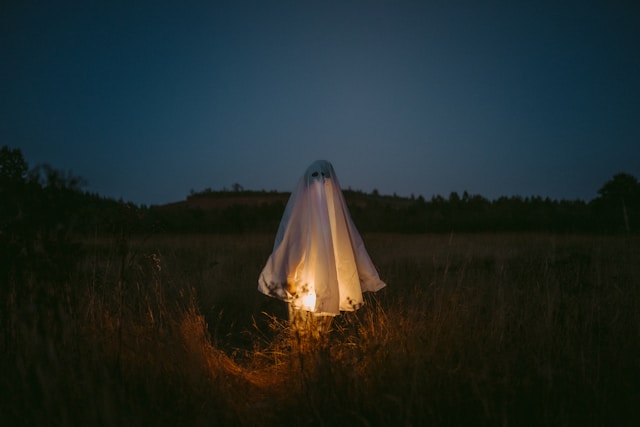The Wampanoag: Who Are They & What Happened To Them

Flickr / Plimoth Patuxet
When you are told the story about the famous Thanksgiving holiday in America, more likely that one tradition-filled celebration in the United States, you are also introduced to its many characters. Pumpkin pie. Turkey. Football, American Football not soccer. Macy’s Thanksgiving Day Parade. Charlie Brown and friends. The Pilgrims. And the Wampanoag.
Now, a lot of these characters are minor characters. However, about three of them are major characters. One of the major characters is the Native American people called the Wampanoag or Wôpanâak. This indigenous group is usually presented as the people who provided the Pilgrims with essential help and support throughout their harsh and brutal stay along the shores of what is now Massachusetts.
Unfortunately, that is more or less quite the extent to which the Wampanoag people are represented in this story. As a result, that’s fairly what we know of them. But it doesn’t have to be. Because there is so much more to know about them. So, let’s get to it. Shall we?
Who are the Wampanoag?
The Wampanoag, aka People of the First Light, are a group of Native American people who lived in the southeastern part of Massachusetts and some parts of Eastern Rhode Island for thousands of years. They followed a matrilineal system, meaning that their inherited status was passed down through the maternal line. They were also a semi-sedentary tribe so they often moved around southern New England. The Wampanoag men traveled on seasonal hunting and fishing trips. While the Wampanoag women planted and cultivated crops like corn, squash, climbing beans, wild fruits, nuts, and berries.
How to correctly pronounce “Wampanoag” and what does it mean?
Wampanoag is originally pronounced as wawm-pah-naw-ag. But most people now say wam-pah-no-ag or womp-ah-nog. And Wampanoag is a Lenape word that means easterners or people of the dawn.
Where do the Wampanoag live?
Around the 1600s, about 40,000 Wampanoag lived in the Wampanoag Nation all over the southeastern part of Massachusetts and some parts of Rhode Island. They lived in small round houses that they called “wetus” or “wigwams.”
The Wampanoag live in places around New England, all over the United States, and in many more places around the world. They also have their reservation in the town of Mashpee in Massachusetts. And wherever they live, the Wampanoag tribe continues to share their traditions and honor their ancestors within their community.
Wampanoag Vocabulary (also known as Wôpanâak)
The Wampanoag people spoke their native Wampanoag language known as Wôpanâak. Wôpanâak is a dialect from the Algonquian language family. In 1663, missionary John Eliot published the first Wampanoag translation of the Bible. Later on, he developed a spelling and writing system that he used to teach the Wampanoag people how to read and write.
After the American Revolution, there was a drastic decline in Wampanoag speakers. But in 1993, Jessie Little Doe Baird, a member of the Mashpee Wampanoag Tribe, founded the Wôpanâak Language Reclamation Project, which taught children the Wôpanâak language. Through Baird’s important project, many children learned Wôpanâak, making them the first in about a hundred years to speak the language. Ever since, Baird has played an integral part in the revival and restoration of the Wôpanâak language. Here are some words written in English with their Wôpanâak translation.
- good day: wuneekeesuq
- dog: aunum
- water: nippe
- mother: nitka
- father: noeshow
The Wampanoag and the Pilgrims
The Wampanoag welcomed and befriended the Pilgrims in Plymouth Rock who arrived on the Mayflower ship. They suggested an arrangement where the Pilgrims would trade European weapons for Wampanoag food. As a result, the Pilgrims were taught how to plant crops, fish, and hunt, as well as essential life lessons, including how to survive their first winter. On the other hand, the Wampanoag were able to defend themselves against their rival tribes using traded European weapons from the Pilgrims. In October 1621, a three-day feast was arranged as an act of gratitude for their first abundant harvest; the gathering was attended by 90 Wampanoag and 53 Pilgrims.


